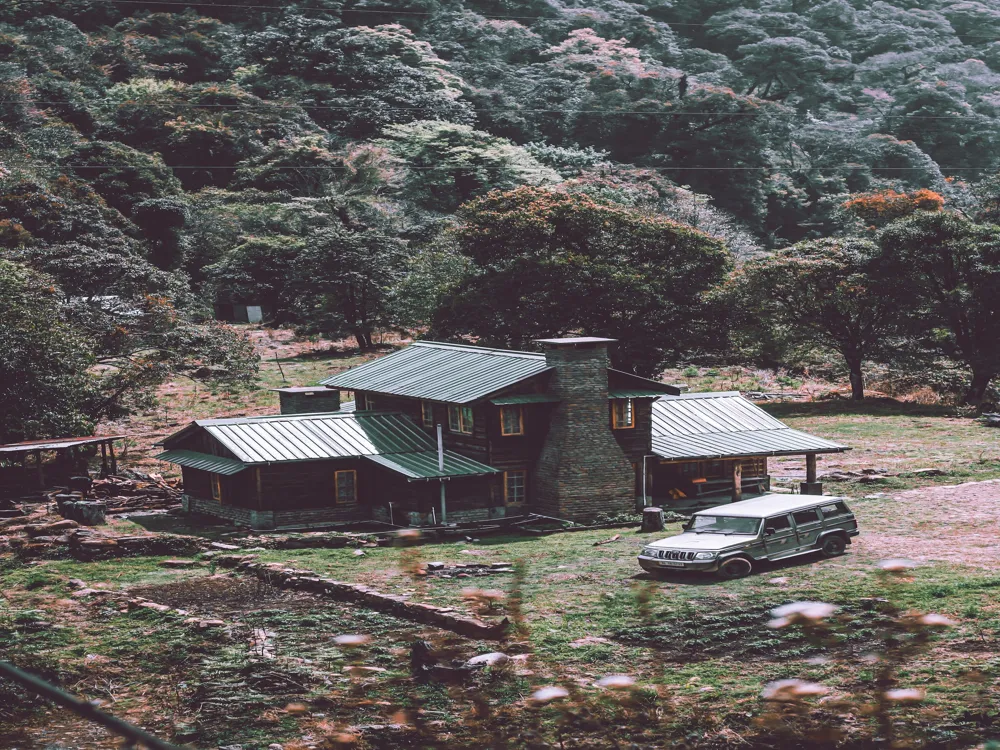Ladai Garh, nestled in the vibrant city of Jorhat in Assam, is a remarkable historical fortress that stands as a testament to the region's rich past. This ancient edifice, built during the reign of the Ahom dynasty, is not just a mere structure but a symbol of the architectural ingenuity and strategic prowess of the Ahom rulers. The name 'Ladai Garh' translates to 'Fort of Battles,' indicative of its military significance in ancient times. The history of Ladai Garh dates back to the 17th century when it was constructed under the orders of King Pratap Singha. Originally designed as a military bastion, it played a crucial role in safeguarding the kingdom against invaders. The fort, over the years, has witnessed numerous historical events and battles, making it a significant landmark for historians and enthusiasts alike. Stretching over a vast area, the fort's architecture showcases the unique blend of traditional Assamese and Southeast Asian influences. The main structure, characterized by its robust walls and strategic positioning, reflects the advanced military architecture of the era. The fort's complex includes multiple chambers, watchtowers, and secret tunnels, each serving a specific purpose in the grand scheme of defense. Today, Ladai Garh stands not just as a historical monument but as a cultural hub, attracting tourists and scholars from around the world. Its lush surroundings and the remnants of its glorious past offer a glimpse into the rich cultural and historical tapestry of Assam. The architecture of Ladai Garh is a splendid example of the ingenuity and foresight of the Ahom dynasty. The fort, constructed primarily with bricks and indigenous materials, showcases a distinct style that blends traditional Assamese architectural elements with influences from Southeast Asian countries like Myanmar and Thailand. The main structure of Ladai Garh is fortified with high walls, some of which are still intact, demonstrating the durability and strength of the construction techniques used. The walls were designed to withstand sieges and attacks, a testament to the military acumen of the Ahom rulers. The fort's layout includes a series of moats, which were strategically placed to serve as the first line of defense against invaders. One of the unique features of Ladai Garh's architecture is its intricate network of tunnels. These tunnels, believed to have been used for secret movements and emergency escapes, showcase the strategic planning that went into the fort's design. Additionally, the fort houses several watchtowers, which provided a vantage point for monitoring enemy movements. The interior of the fort is equally impressive, with large halls and chambers that were used for administrative purposes and as living quarters for the royals. The design of these interiors reflects the artistic sensibilities of the era, with intricate carvings and ornamental details. In summary, the architecture of Ladai Garh is a remarkable blend of military strategy, artistic expression, and cultural influences, making it a significant architectural marvel in the history of Assam. The ideal time to visit Ladai Garh is between November and March when the weather is pleasant, making it conducive for exploration and sightseeing. Visitors are advised to dress modestly and comfortably. It's important to respect the cultural and historical significance of the site while exploring. Opting for a guided tour can enhance the experience as knowledgeable guides provide insights into the fort's history and architecture. Photography is allowed, but it's advisable to check for any restrictions in certain areas of the fort. Don't miss out on trying the local Assamese cuisine at nearby eateries for an authentic culinary experience. Ladai Garh, located in Jorhat, Assam, is well-connected by various modes of transportation. The nearest airport is Jorhat Airport, which is well-connected with major cities in India. From the airport, taxis and local buses are available to reach the fort. For those preferring train travel, Jorhat Railway Station is the nearest railhead, with good connectivity to other parts of the country. Additionally, regular bus services from major cities in Assam and neighboring states make it convenient for travelers to reach Jorhat. Once in the city, local transport like auto-rickshaws and taxis can be used to reach Ladai Garh. Read MoreOverview of Ladai Garh in Jorhat, Assam
Architecture of Ladai Garh
Tips When Visiting Ladai Garh
Best Time to Visit
Dress Code and Etiquette
Guided Tours
Photography
Local Cuisine
How To Reach Ladai Garh
Ladai Garh
Jorhat
Assam
₹ 6,000 onwards
View jorhat Packages
Jorhat Travel Packages
View All Packages For Jorhat
Top Hotel Collections for Jorhat

Private Pool

Luxury Hotels

5-Star Hotels

Pet Friendly
Top Hotels Near Jorhat
Other Top Ranking Places In Jorhat
View All Places To Visit In jorhat
View jorhat Packages
Jorhat Travel Packages
View All Packages For Jorhat
Top Hotel Collections for Jorhat

Private Pool

Luxury Hotels

5-Star Hotels

Pet Friendly






















